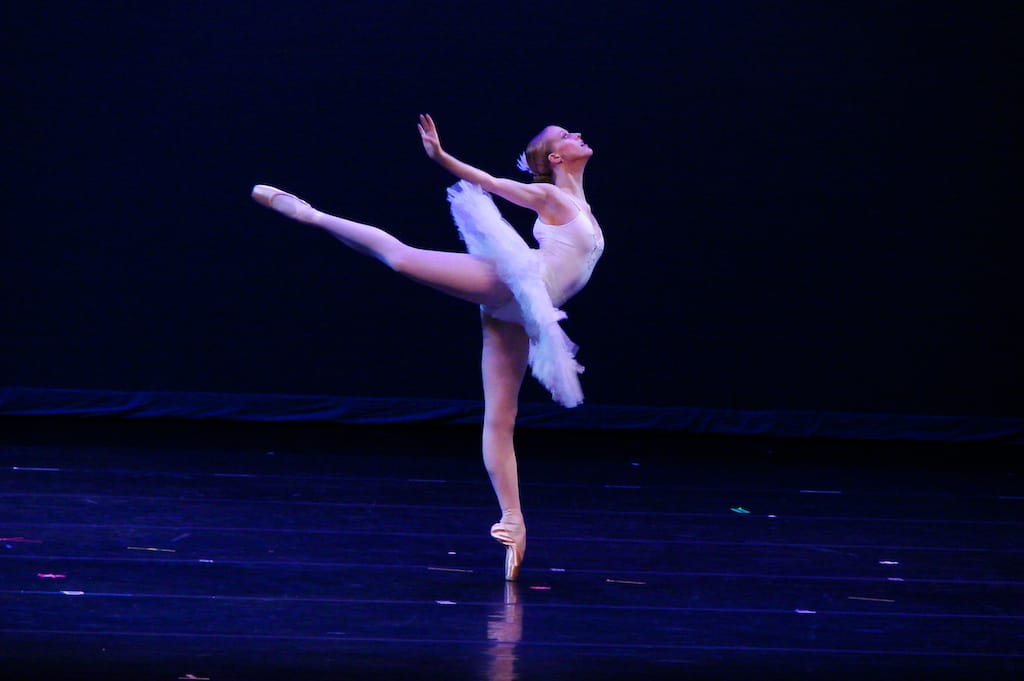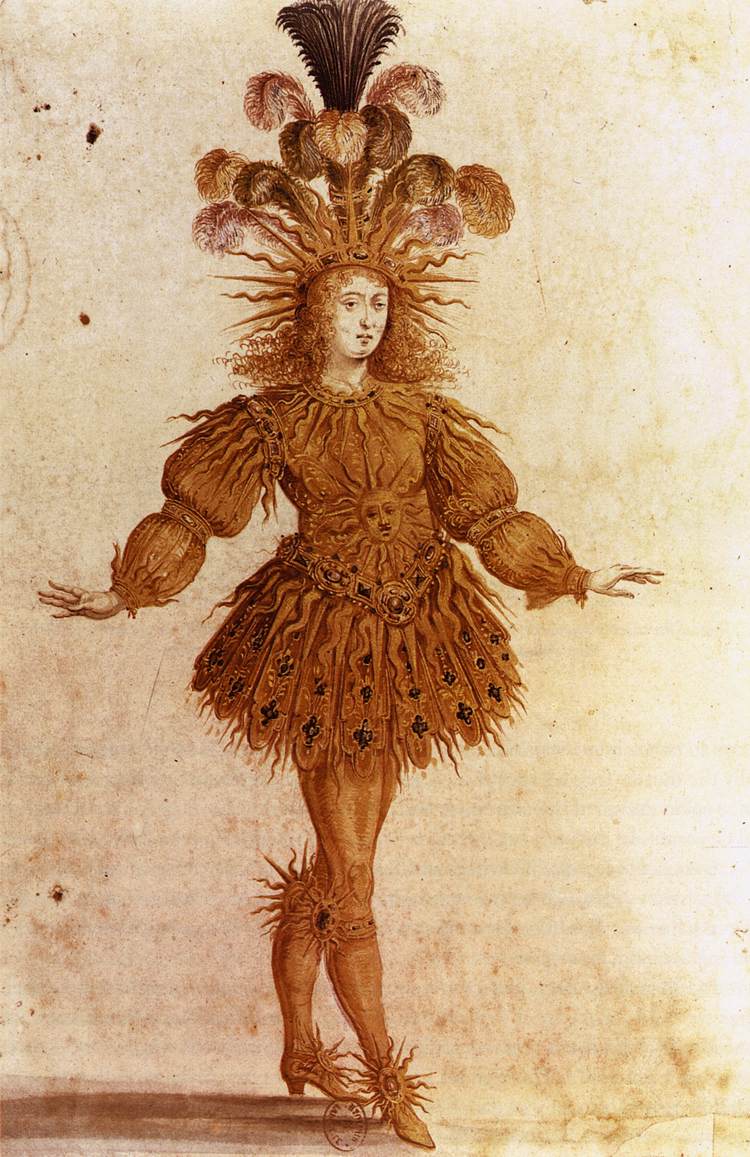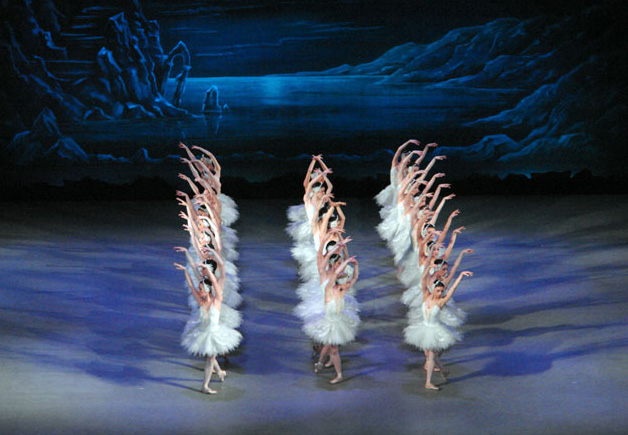Ballet: The Graceful Art of Movement and Expression

Ballet is a revered art form that has captivated audiences for centuries. Its grace, beauty, and technical precision have made it a timeless expression of artistic excellence. In this article, we will delve into the world of ballet, exploring its origins, key elements, techniques, and its profound impact on the performing arts.
Ballet has transcended cultural boundaries and has become a global phenomenon. It has enchanted audiences in grand theaters, from the opulent stages of the Paris Opera to the prestigious venues of New York City. The allure of ballet lies in its ability to convey stories, emotions, and ideas through a combination of precise movements, evocative music, and stunning visual aesthetics.
This article aims to provide a comprehensive overview of ballet, shedding light on its historical roots, the fundamental elements that define the art form, the rigorous training required for dancers, and the structure of ballet performances. Whether you are an avid ballet enthusiast, a curious observer, or someone who wishes to embark on a journey into the enchanting world of ballet, this article will serve as a gateway to understanding and appreciating this extraordinary art form.
The Origins of Ballet
Ballet traces its origins back to the lavish courts of Renaissance Italy and France. It emerged as a form of entertainment that combined dance, music, poetry, and spectacle. Initially, ballet was not a standalone art form but rather a part of court festivities and royal celebrations.
In the 15th and 16th centuries, Italian nobility organized elaborate pageants known as balletti. These were theatrical events that featured dancing, singing, and acting, often based on mythological or allegorical themes. The performers, predominantly nobles themselves, showcased their elegance and refined manners through choreographed movements.
The true development of ballet as a distinct art form took place in the French court during the 17th and 18th centuries. King Louis XIV, known as the Sun King, played a pivotal role in promoting ballet and establishing its foundation. He was an enthusiastic dancer himself and founded the Académie Royale de Danse in 1661, which later became the Paris Opera Ballet.

Under Louis XIV’s patronage, ballet began to evolve with the introduction of professional dancers, standardized techniques, and the codification of movements. Pierre Beauchamp, the king’s personal dance instructor, formalized the five positions of the feet, which serve as the foundation of ballet technique to this day. Additionally, Jean-Baptiste Lully, the court composer, composed music specifically for ballet, further elevating its status as a theatrical art form.
Ballet also underwent significant changes during the 19th century, known as the Romantic era. This period saw the rise of ballerinas as the central figures of ballet, with stars like Marie Taglioni captivating audiences with their ethereal performances. The Romantic ballets, such as “Giselle” and “La Sylphide,” explored supernatural themes and showcased the delicate and expressive movements of the female dancers.

Throughout its history, ballet has been influenced by various artistic and cultural movements. From the refined courtly ballet of the Renaissance to the grand spectacles of the Romantic era, ballet has continuously evolved and adapted to the changing times, reflecting the aesthetics and sensibilities of each period.
Today, ballet remains deeply rooted in tradition while embracing innovation and experimentation. Its origins in the courts of Europe have laid the foundation for a rich and vibrant art form that continues to captivate audiences worldwide.
Key Elements of Ballet
Ballet is characterized by a unique set of elements that distinguish it as a dance form of precision, grace, and artistry. From its distinct movements and positions to its incorporation of music and storytelling, these key elements contribute to the beauty and allure of ballet.
Technique and Movement Vocabulary
Ballet technique is renowned for its emphasis on control, alignment, and precision. Dancers undergo rigorous training to develop strength, flexibility, and a deep understanding of proper body placement. The execution of movements requires a harmonious coordination of the entire body, from the head to the fingertips and toes.
Ballet has a rich vocabulary of positions, steps, and gestures that form the building blocks of choreography. The five basic positions of the feet serve as the foundation, with various movements and combinations derived from these positions. From pliés and tendus to leaps and turns, each step has its specific technique and execution.
Posture and Alignment
A hallmark of ballet is its emphasis on maintaining a proper posture and alignment. Dancers strive for a long, lifted spine, with the head held high and shoulders relaxed. The core muscles are engaged to support balance and stability, while the limbs extend with length and elegance.
One of the defining features of ballet is the turnout, where the legs rotate outward from the hips, creating a visually appealing and technically demanding position. Turnout plays a crucial role in executing ballet movements and shapes the aesthetic quality of the dance.
Ballet Positions
Ballet incorporates a series of positions that establish the fundamental placement of the body and limbs. These positions are essential for achieving proper alignment and executing movements seamlessly. The five positions of the feet, combined with corresponding arm positions, provide a framework for dancers to create beautiful lines and transitions.
Music and Choreography
Music is an integral part of ballet, providing the rhythm, mood, and emotional context for the movements. Ballet choreography is meticulously crafted to complement and interpret the music, creating a seamless fusion of movement and sound. Choreographers use a combination of steps, formations, and patterns to tell stories, convey emotions, and evoke a sense of enchantment.
The collaboration between choreographers and composers is a vital aspect of ballet. Composers create original scores or adapt existing music to suit the choreographic vision, resulting in iconic ballet compositions that are cherished works of art in their own right.

Ballet’s key elements intertwine to create a dance form that is both visually captivating and emotionally evocative. The technical mastery, artistry, and expressive power displayed by ballet dancers captivate audiences and transport them into a world of beauty and storytelling. By mastering the intricate techniques, embodying the essence of each position, and interpreting the music with their movements, ballet dancers bring to life the enchanting language of ballet.
Ballet Techniques and Training
Ballet requires extensive training and disciplined practice to achieve the technical proficiency and artistry demanded by the art form. Dancers dedicate years to honing their skills, undergoing rigorous training that encompasses both physical and artistic aspects.
Technical Foundations
- Barre Work: Ballet training typically begins with barre exercises. Dancers use the barre for support while performing a series of exercises to develop strength, flexibility, and alignment. Barre work focuses on mastering fundamental movements, such as pliés, tendus, and dégagés, while building stability and control.
- Centre Work: As dancers progress, they transition to centre work, where they perform exercises without the support of the barre. This includes adagio (slow, controlled movements), pirouettes (turns), allegro (jumps and leaps), and petit and grand allegro (small and large jumps).
Ballet Techniques
- Classical Techniques: Different ballet techniques have emerged over time, each with its own unique style and training methods. The Russian, French, and Cecchetti techniques are among the most prominent. These techniques emphasize principles of alignment, turnout, and fluidity of movement while placing varying emphasis on grace, precision, and strength.
- Pointe Work: Pointe work is a significant aspect of ballet training for female dancers. It involves dancing on the tips of the toes using specialized pointe shoes. Dancers must develop sufficient strength in their feet, ankles, and legs to support their body weight and execute movements gracefully and safely.
Physical Conditioning
- Strength and Flexibility: Ballet demands a high level of physical strength and flexibility. Dancers engage in exercises to build core strength, leg and foot muscles, and upper body strength. Additionally, regular stretching helps enhance flexibility and extension.
- Cross-Training: Many ballet dancers incorporate cross-training activities, such as Pilates, yoga, or conditioning exercises, to supplement their ballet training. These activities focus on improving overall strength, endurance, and injury prevention.
Artistic Development
- Performance Skills: Ballet training includes the development of performance skills, enabling dancers to effectively convey emotions and tell stories through their movements. This includes facial expressions, body language, and the ability to connect with the audience.
- Repertoire and Variation Study: Dancers study and learn variations from famous ballets, which allows them to delve into different styles, characters, and historical influences. This repertoire study broadens their artistic range and deepens their understanding of ballet as an art form.
Ballet training is a lifelong journey of continuous learning and refinement. Dancers dedicate countless hours to perfecting their technique, pushing their physical limits, and cultivating their artistry. The combination of technical mastery, physical conditioning, and artistic expression equips ballet dancers to captivate audiences with their grace, strength, and artistry on stage.
Ballet as a Performance Art
Ballet is not only a disciplined form of dance but also a captivating performance art that combines movement, music, storytelling, and visual spectacle. As a highly structured and meticulously choreographed art form, ballet performances enchant audiences with their grace, elegance, and emotional depth.
Structure of Ballet Performances
- Acts and Scenes: Ballet performances are often divided into acts and scenes, each with its own narrative or thematic focus. Acts may represent different parts of a story or distinct elements of a ballet composition, while scenes provide further detail and progression within each act.
- Pas de Deux and Ensembles: Pas de deux, meaning “dance for two,” is a prominent feature of ballet performances. It showcases the chemistry and technical prowess of a male and female dancer in a duet.
Additionally, ensembles involving groups of dancers perform synchronized movements, highlighting the beauty of unity and precision.
Ballet Companies and Productions
- Ballet Companies: Ballet is often performed by professional ballet companies, which consist of trained dancers who perform together under the artistic direction of a choreographer. Internationally renowned companies, such as the Royal Ballet, Bolshoi Ballet, and American Ballet Theatre, are known for their exceptional repertoire and talented dancers.
- Repertoire: Ballet companies have a diverse repertoire that includes both classical and contemporary ballets. Classical ballets, such as “Swan Lake,” “The Nutcracker,” and “Sleeping Beauty,” are timeless masterpieces that have been performed for generations. Contemporary ballets push artistic boundaries and often feature innovative choreography and unconventional storytelling.
Hierarchy and Roles
- Principal Dancers: Principal dancers are the highest-ranking members of a ballet company and often perform leading roles in ballet productions. They are renowned for their technical virtuosity, artistry, and ability to command the stage.
- Soloists and Corps de Ballet: Soloists are accomplished dancers who perform featured roles in ballet productions. The corps de ballet, or the ensemble, comprises the group of dancers who perform together in synchronized movements, adding depth and visual impact to the performance.
Choreographers and Artistic Vision
- Role of Choreographers: Choreographers play a vital role in ballet, as they conceive and create the movements, formations, and storytelling of a ballet production. They collaborate closely with composers, costume designers, and lighting designers to bring their artistic vision to life.
- Innovation and Tradition: Ballet choreographers often blend tradition with innovation, exploring new movement vocabulary and pushing the boundaries of classical ballet. They infuse their work with personal style and interpretation while honoring the rich heritage of ballet.
Impact of Ballet Performances
- Aesthetic Beauty: Ballet performances captivate audiences with their aesthetic beauty, as dancers execute intricate movements with precision and grace. The combination of flowing lines, breathtaking lifts, and exquisite costumes creates a visual spectacle that leaves a lasting impression.
- Emotional Expression: Ballet has the power to evoke a range of emotions in the audience. Through expressive movements and storytelling, dancers convey love, joy, sorrow, and longing, allowing the audience to connect with the narrative on a deep emotional level.
Ballet as a performance art continues to captivate audiences around the world. Its fusion of music, movement, storytelling, and visual artistry creates a mesmerizing experience that transports viewers into a world of beauty, passion, and imagination. Whether it’s the grandeur of a classical ballet or the innovation of contemporary works, ballet performances leave an indelible mark on the hearts and minds of those fortunate enough to witness them.





